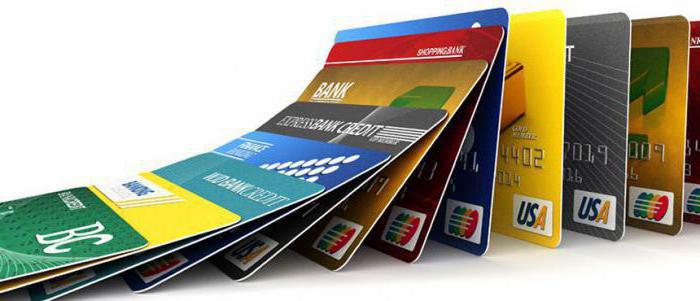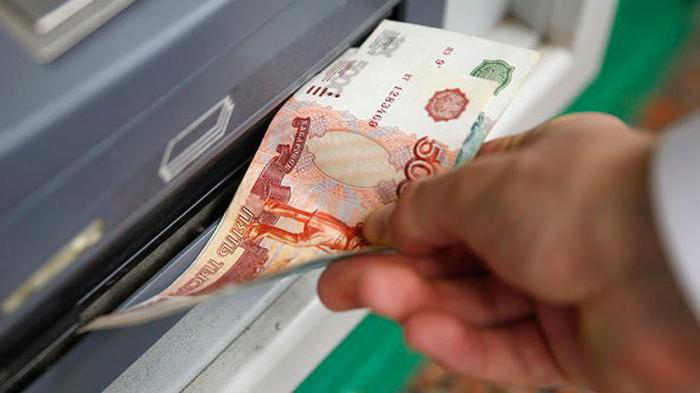For successful business activities it is necessary to have stable financial support and be able to properly distribute funds. When planning the enterprise budget for a long period of time, it is recommended to calculate the approximate amount of annual expenses, which will allow you to organize a clear schedule of the cash cycle and prevent the formation of delays in payments. In order not to waste time searching for sources of financing, banking institutions offer to open a credit line.
General concept
A credit line is a transaction between a bank and a borrower, according to which a lender agrees to use credit funds in a fixed amount for a certain period. The main advantage of opening a credit line is constant financial support and unlimited access to bank funds within the limit. The use of money is compensated to the lender by a mandatory commission, which the borrower pays according to the contract. The credit line agreement has legal registration and allows you to repeatedly use the funds during the agreed period, without preliminary negotiations.

Difference of a credit line from a loan
The main distinguishing feature of a credit line from a loan is the ability to dispose of funds. The loan is issued to the borrower in a single fixed amount, and sometimes for certain purposes (mortgage, car loan, consumer loan). Borrowed funds under one loan agreement can be used only once, after which it is necessary to pay off the debt to the bank during the period previously agreed and indicated in the documents. The funds provided by the bank under a credit line agreement can be used in tranches (parts) within the established limit, within the chosen time regime. The maximum period of use of money and the size of the loan is set by the bank and depends on the borrower's income level and loan objectives.
Varieties of credit lines
By the nature of use, the credit line is divided into 2 main types. Let's consider them in more detail:
- A revolving credit line represents cash, the limit of which can be restored by the borrower after full repayment of the debt of previously used funds. At the same time, the client does not have the right to exceed the amount of allocated money within one tranche and is obliged to comply with the terms of their issue. However, the terms of the contract imply the possibility for the borrower to choose the most convenient period of the line, as well as intermediate terms for repayment of the debt.
- A non-revolving credit line provides for the use of funds only within the established limit of issuance, that is, the borrower is not entitled to use the money again, even after the debt has been repaid. Such lines are popular among entrepreneurs whose activities are seasonal and do not require periodic financial investments.

Validity period
Depending on the period during which the borrower plans to use the financial support of the bank, credit lines are divided into:
- Short term. Such lines are valid for up to one year and, as a rule, are intended to compensate for the needs associated with production costs.
- Medium-term.Open for up to three years in order to pay for production equipment, as well as to finance capital investments.
- Long term. They have been operating for more than three years and are used for large-scale financing of fixed assets, the implementation of large-scale construction processes of the enterprise, as well as for the reconstruction of production.
Opening mechanism
Opening a credit line is carried out in any banking institution in the country and has its own nuances. The maximum term of the contract is usually 2 years, but the bank can increase the period of use of credit funds on an individual basis. In this case, the borrower must provide a liquid collateral in the form of real estate. A prerequisite for applying for a credit line is the availability of a bank account that provides financing services. This is necessary to check the solvency of the client and track the movement of financial transactions.
Large banking institutions are willing to lend to stably developing companies with a high level of cash turnover and an impeccable reputation. But private individuals also have the opportunity to receive financial support from the bank by documenting their financial viability. If the client meets all the requirements and conditions of the creditor, then opening a credit line is quite possible. For example, if you need to pay for training or a wedding, a similar method of lending is suitable as additional financing.
Documents to be submitted to the bank
The package of documents for opening a credit line may vary depending on the choice of the banking institution, but the main package must necessarily contain the following papers:
- borrower passport;
- TIN of the company founder;
- extract from the register;
- copy of the charter of the enterprise;
- copy of the Memorandum of Association;
- copy of the balance sheet for the last year;
- copy of the balance for the last reporting day of the current year;
- documents of ownership (for collateral);
- certificate from the accounting department about the balances on the main account;
- certificate of financial turnover of the company;
- a certificate confirming the absence of loans in other banks with open accounts;
- project business plan, feasibility study for a loan.

In addition, the bank may require additional documents from the client individually. The employees of the credit department are entitled to check the credit history of the client, as well as to find out if the borrower has valid credit cards. The credit history bureau hot line provides complete information about the borrower, so it is unlikely to hide previous loan delinquencies.
The procedure for registration of the contract
If all the documents requested by the bank are collected, it is necessary to fill out an application form at the bank branch and attach it to the main package. After which the lender decides to issue a loan. If the answer is yes, the borrower can sign an agreement and get a loan. A line of credit will be available for use from the moment the transaction is concluded. The contract must be legalized and describe in detail all the rights of the client and the requirements of the creditor. Therefore, before you put your signature, it is recommended that you carefully read all the points in order to avoid various kinds of fines and additional fees.
Debt repayment terms
Credit payments are made in accordance with the terms of the drawn up and signed loan agreement and depend on the type of credit line.
- Non-revolving credit line. Each tranche of this type has its own debt repayment schedule, which does not provide for annuity payments. In the event of any difficulties with payment of the previous tranche, the bank has the right to independently reduce the limit of the credit line or completely eliminate the borrower's line.The interest rate on the loan is accrued only on the used cash, the unused part of the finance is not subject to interest. If for some reason the borrower does not use the money, the bank may require an additional fee from the client.
- Revolving credit line. There are two ways to pay debt for this type. The first method is very rarely used by banks, since it involves making payments on a separate schedule for each tranche, and there may be several dozen for the entire period of use. The second method provides a schedule for reducing debt on a credit line, which must be specified in the loan agreement. The debt on the loan should not exceed the maximum amount of debt, which is set by the bank for a certain period. If the amount of outstanding tranches is exceeded within the established limit, the borrower is obliged to pay part of the debt. The client is obliged to repay the main interest on the loan on a monthly basis, regardless of the seasonality of the enterprise.

What is the difficulty of making payments correctly?
As a rule, a bank credit line is provided to the managers of large enterprises whose work is not limited to one transaction. The founders are constantly busy signing new contracts, negotiating, paperwork. Excessive workload does not allow you to control the terms and dates of payments for all agreements, which can lead to delays, followed by a fine and interest. It is worth remembering that the responsibility for timely repayment of debt on credit lines lies with the borrower, so you should carefully choose a loan program and payment schedule.








